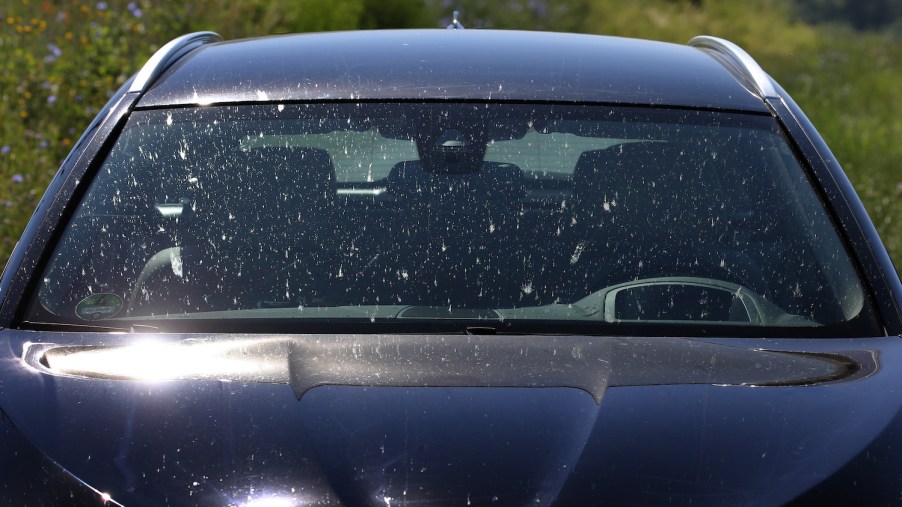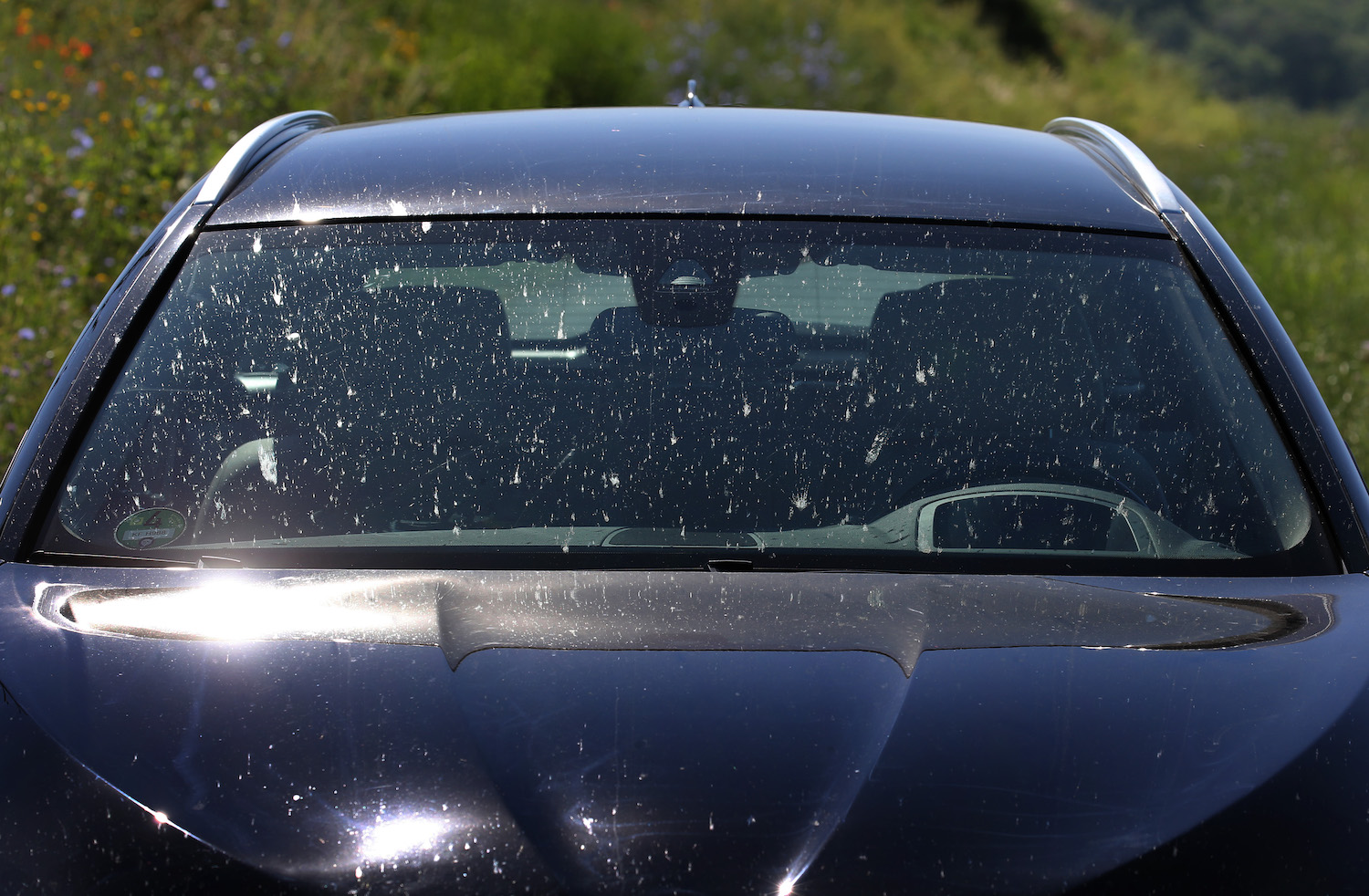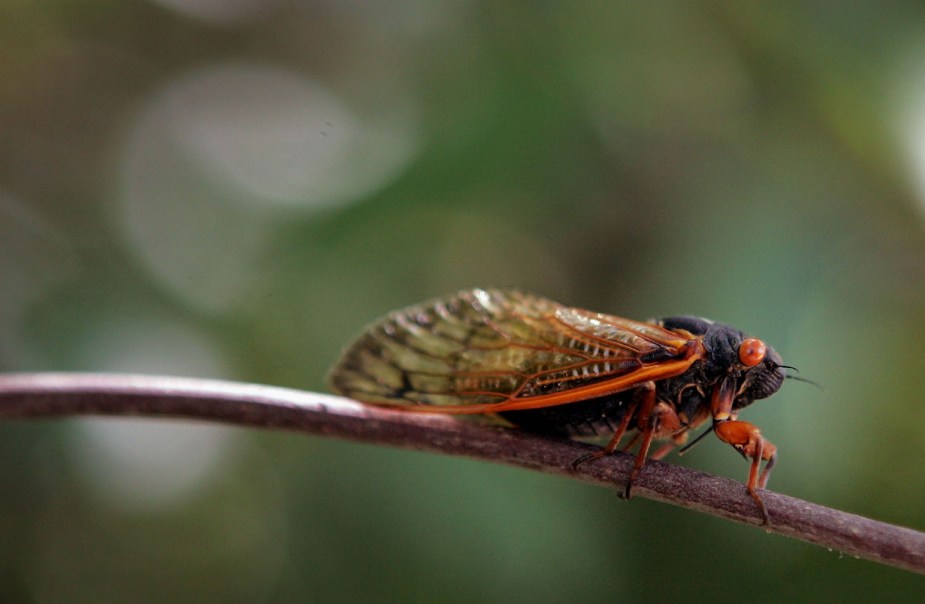
Have You Noticed Fewer Bugs on Your Windshield?
Do you feel like you see fewer bugs splattered on your windshield after a road trip than you did in summers past? Scientists say the phenomenon of fewer bugs on your car isn’t a figment of your imagination: it may signal a coming insect armageddon dubbed the bugpocalypse.
Drivers have been noting fewer bug splatters for years

According to the Independent, some drivers noticed fewer bugs splattering on their car windshields and car grilles by the early 2000s. These people chatted with other drivers, in person or even on early social media sites.
But these early conversations about the decline of bug splatters were purely anecdotal. Certain folks who had been driving for years seemed to recall seeing more bugs on windshields after a long drive when they were young than on windshields today.
Some people wondered if the aerodynamic shape of modern cars was creating a slipstream to guide flying insects around cars, instead of into their windshields. But this was empty hypothesizing until scientists got involved.
Scientists have proven fewer bugs are striking cars

One early study of the number of bugs splatting onto car windshields was the work of the Kent Wildlife Trust over in England. The scientists took data from a driving study in 2004 that included the number of bugs stuck to license plates. The 2004 researchers found 0.2 insects slammed into license plates during every mile of driving. When 2019 researchers replicated the study across 650 different road trips, they found a disturbing shift: just 0.1 insects struck license plates during every mile driven.
Remember that some drivers wondered if the shape of modern cars somehow protects bugs. So the Kent researchers recruited classic car drivers and ran the study again. But old car versus new car made no difference.
A Danish group tried to replicate the Kent findings. The researchers agreed that the number of bugs hitting cars has plummeted between 80% and 97%.
A group of scientists in Puerto Rico have actually been measuring bugs splattering on windshields there since the 1970s, to measure the biomass in the nearby rainforest. They estimate that the number of insects has plummeted between 10 and 60 times since they began the study.
What would a bugpocalypse mean for you?
Where have all the bugs gone? According to some scientists, they are simply dying out. This bugpocalypse could have a drastic impact on civilization as we know it.

No one is sure exactly why, though experts suspect its a combination of factors. These factors include climate change, the overuse of pesticides, reduced habitat, invasive species, and new diseases that tag along with them. The hard data suggests that insect populations–and the diversity of insect species–may have plummeted 40% over the past 30 years.
Why should you care? Insects are critical for pollinating the plants that produce the food we eat. At least one-third of crops around the world would not survive without their insect pollinators. So if insects go away, so do most of the foods we love–and perhaps our ability to grow enough food for the human race.
Next, find out whether California is banning black cars to curb global warming or watch the Weather Networks deep dive into this insect armageddon in the video below:



